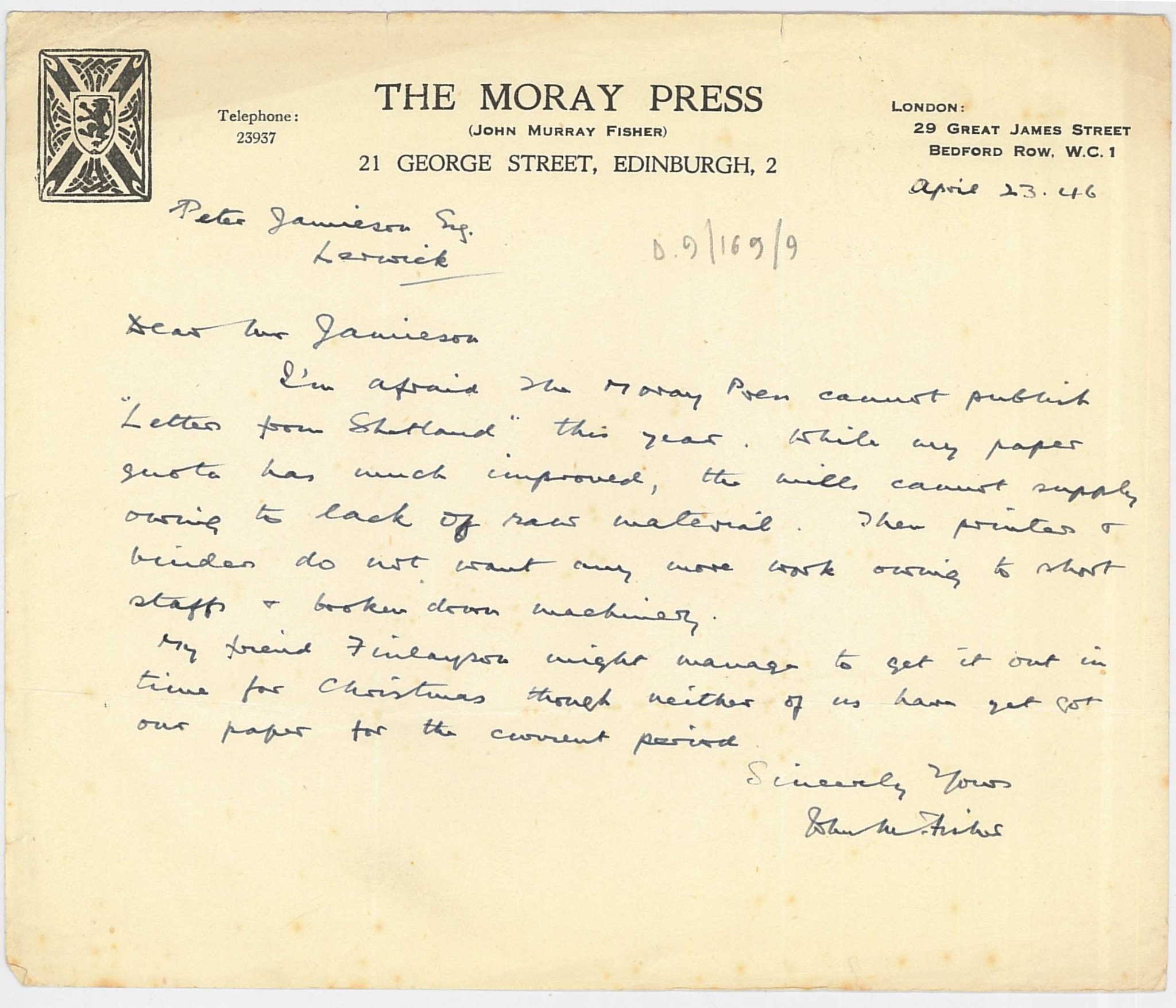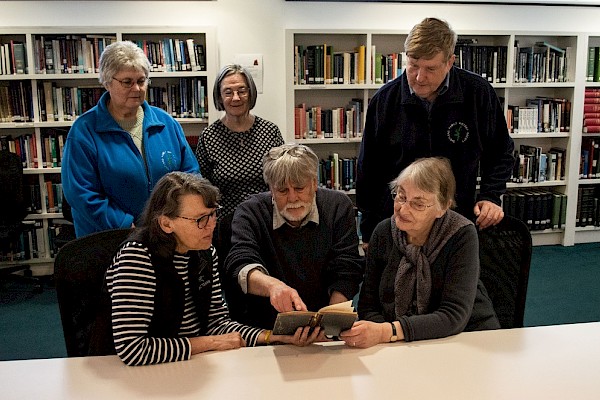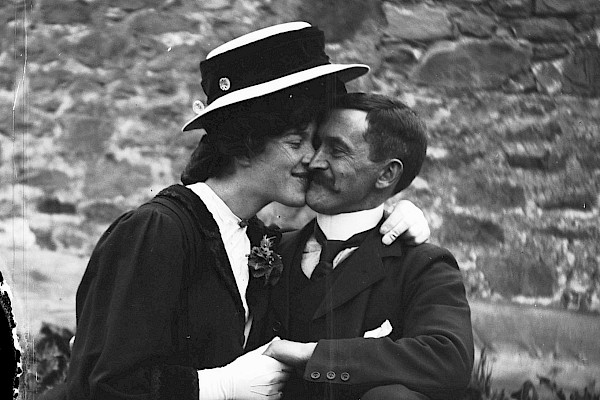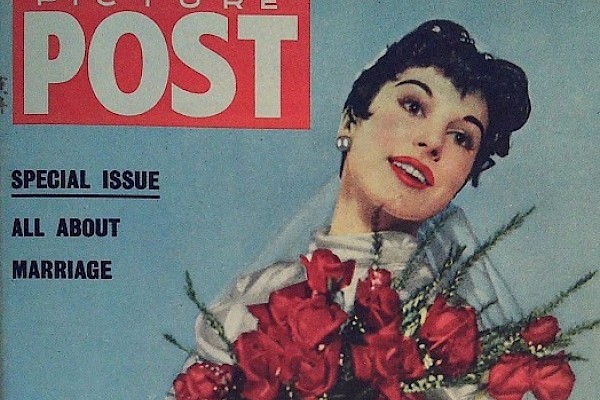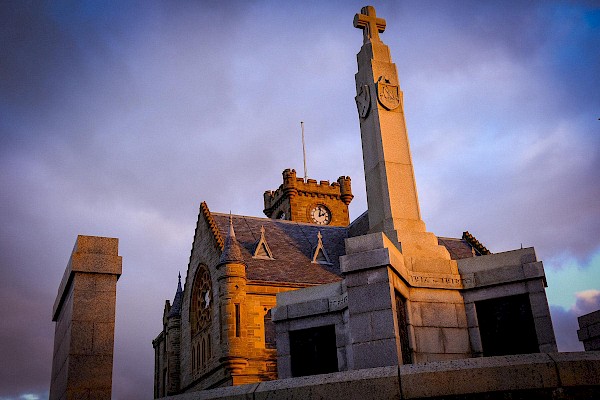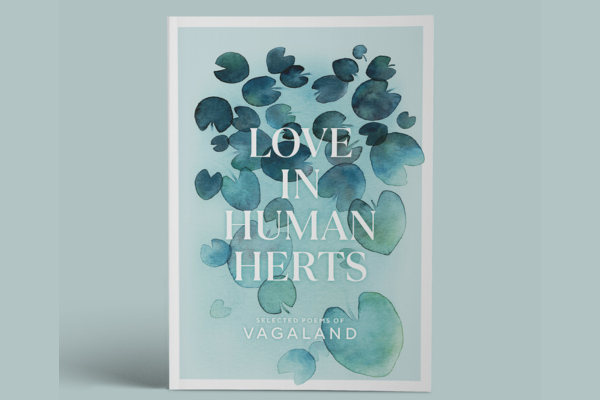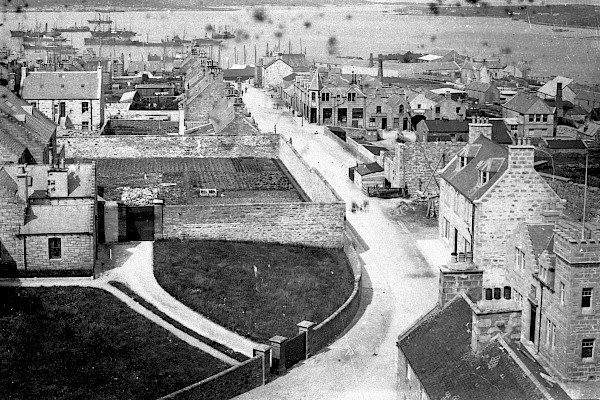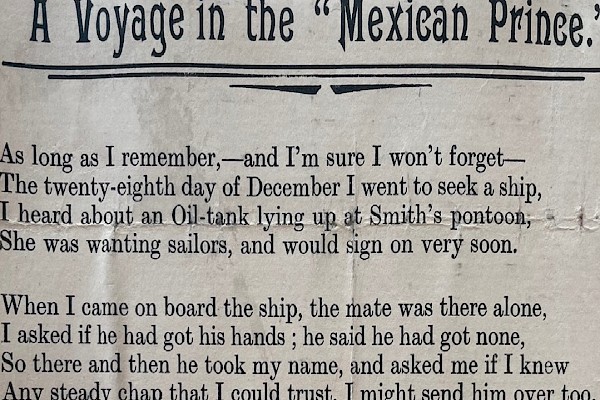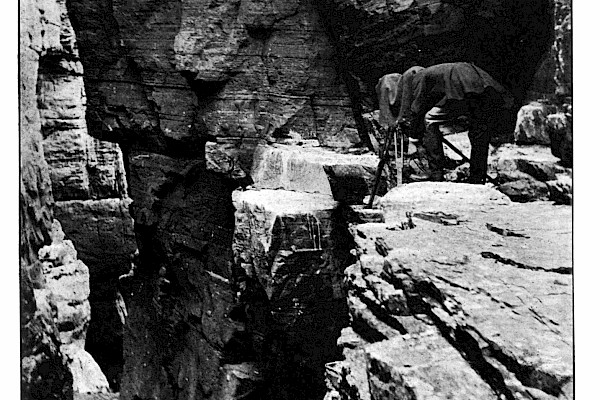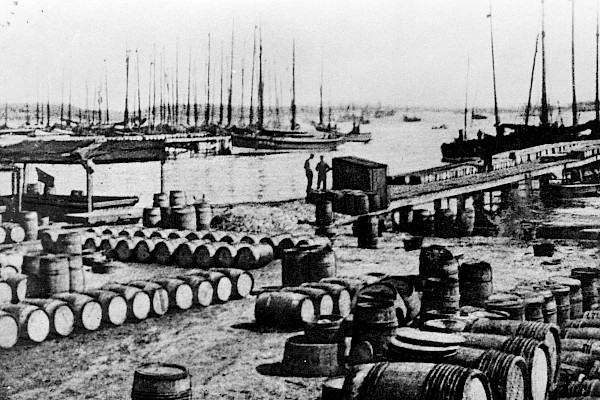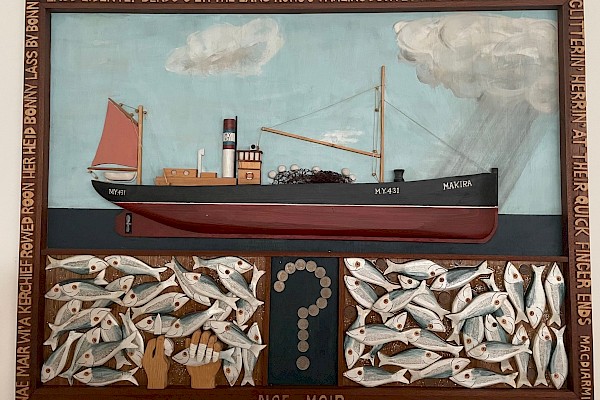Letters on Shetland
I got a book in the post the other day, always a good thing. 'Letters on Shetland' by Peter Jamieson (1898-1976), published in 1949 originally, and the fourth in a series of reprints by 'Northus Shetland Classics.'
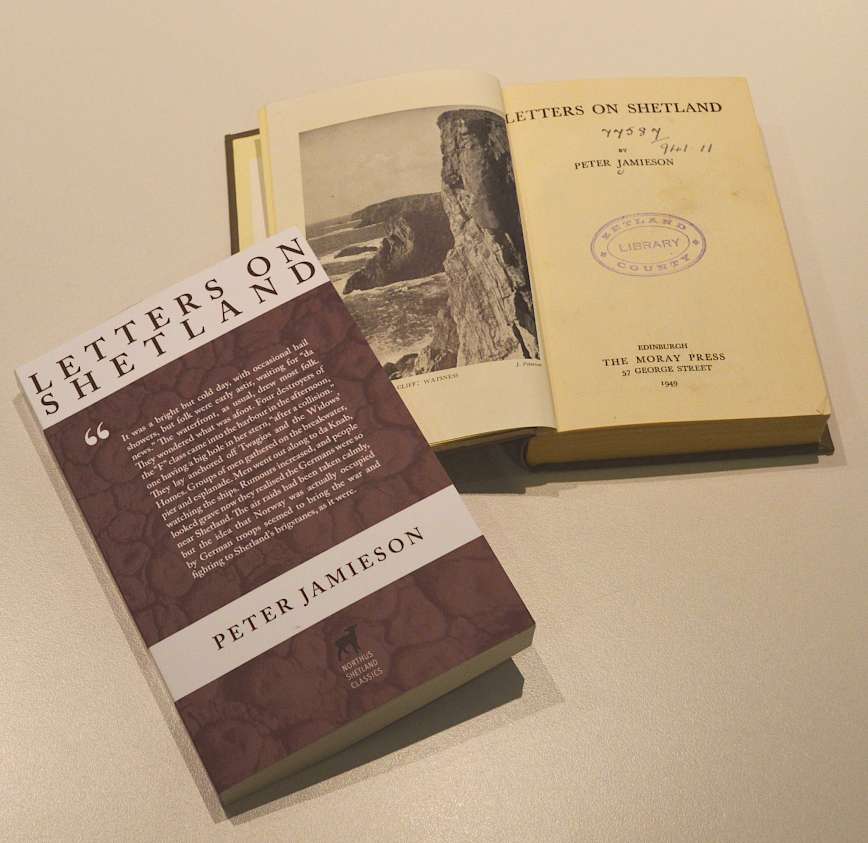
There’s a lot to be said about the author, and happily the Archives hold his papers, D9, full of correspondence, notebooks, passages copied from publications (sometimes recopied), and generally a life in writing. He seems to have been a person who enjoyed the very act of putting pen to paper. He struggled to make a living by his literary efforts, and indeed, any other way. His great contribution to Shetland society, the New Shetlander magazine, the founded in 1947, fell into severe financial trouble and after a few years it had to move out of his hands.
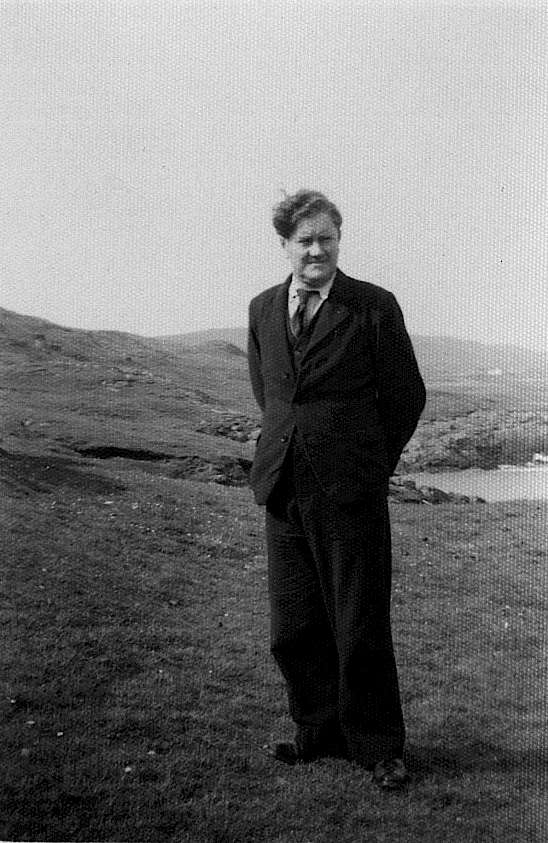
Peter held trenchant political views. His youth had seen an explosion of socialist movements in Shetland, and he stuck with his views, even to the stage of devotion to the Soviet regime. Letters is a view of Shetland from the Left, Peter makes a lot of use of the word progressive – there’s a lot of hope for what science can do -- and he denounces the propertied classes. The merchants and the lairds hold the people down, creating a fearfully deferential society, and prevent them from producing worth economically and culturally. He looks forward to a planned society where people work for each other, and property isn’t something anybody bothers with. You can read this as an example of how some socialists viewed society here. Some might think that a reason not to bother with the volume, but Letters works well in other ways, certainly a special account of Shetland.
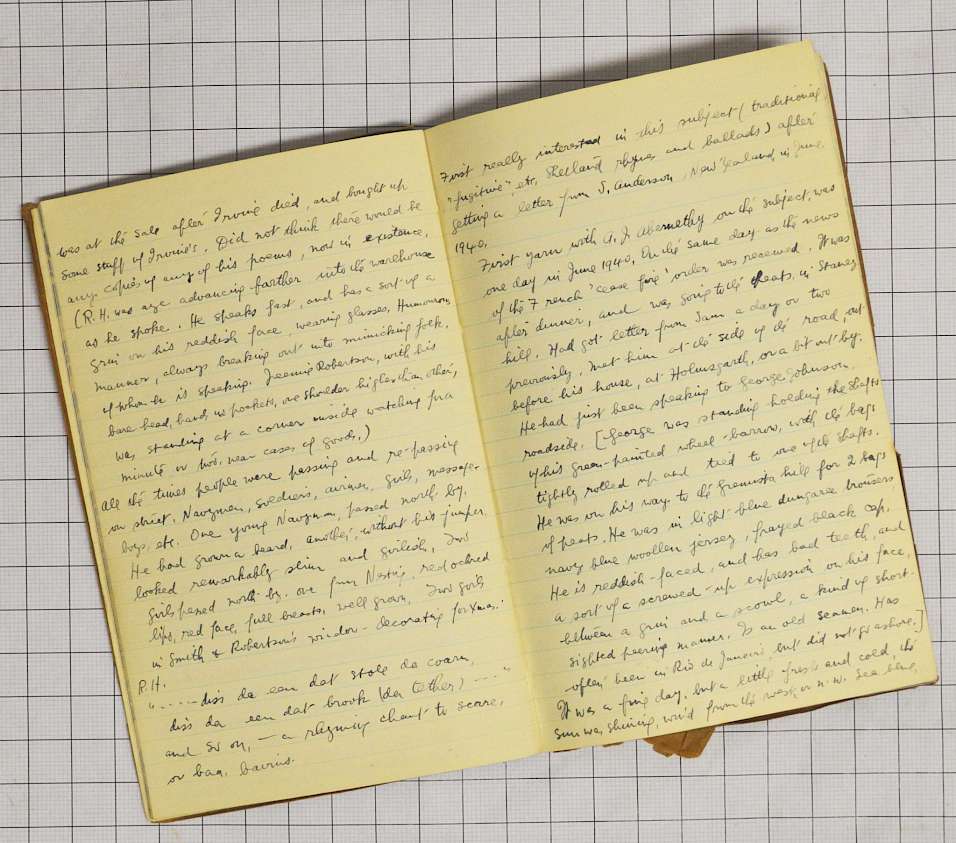
We hold a notebook, D9/100, carefully backed with brown paper, and inside the creamy pages are filled with entries by a fountain pen. There’s a sense of someone enjoying a purchase they couldn’t quite afford. Peter lists a series of songs and ballads sung in Shetland, fiddle tunes – springs – too. He writes of a visit to Mrs A.J. Smith, an English teacher. He has an encounter with a man fetching peats in a wheelbarrow wearing light blue dungarees, navy blue woollen jersey, frayed black cap. Obviously, some of the activity in the notebook went into the passages in Letters that deal with Shetland music.
Peter recorded the life of ordinary people, down to the breeks of the man with the wheelbarrow. The songs and fiddle tunes, the art expressions of the strugglers on the lower rungs of society were as worthwhile and special as those of the muckle folk. Levelling up. He regarded well the Yell scholar, Laurence Williamson, who made similar efforts. A large part of a chapter is set aside for Laurence, and some other achievers who had humble beginnings, and lives rich in everything except income.
Peter brought his skills to bear in a chapter on World War Two in Shetland, putting layers of experience together. He notes things he hears -- Diss country’s da strongest o da lot; what he sees -- a destroyer with a hole in her stern, Nazi aircraft overhead, and the arrival of Norwegian refugees. Daily life weaves in and out of this, and the bellman announces a sale at the market. The timing of the sale is exact, the war is a lot less clear. The war chapter is both evocative and eerie, especially at the time of writing and the destruction in the Ukraine. Someone, somewhere among the ruins, the pain, and the dark feelings, is writing in a notebook.
Copies of 'Letters on Shetland' are available to buy from the Shetland Museum and Archives shop.
